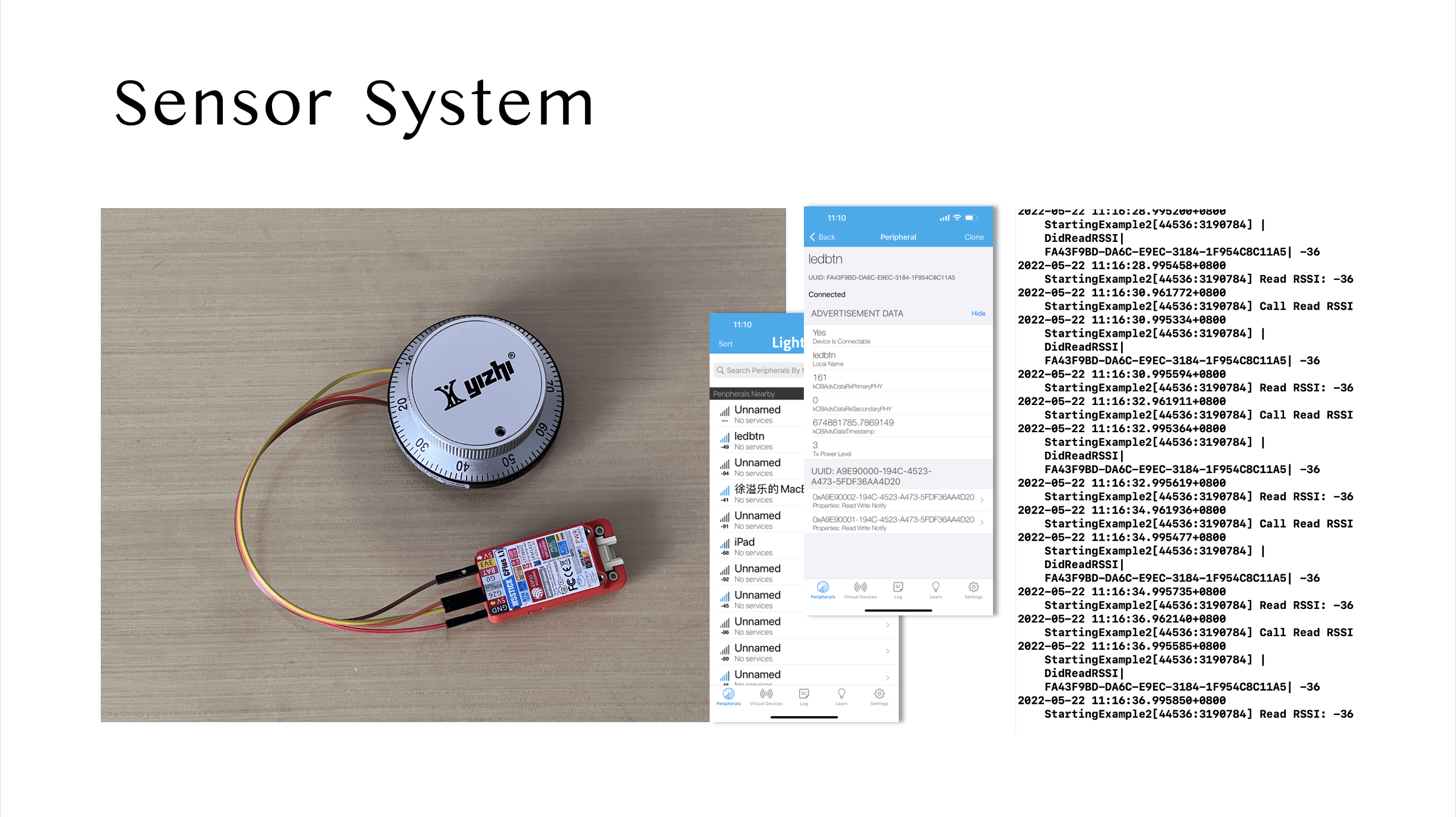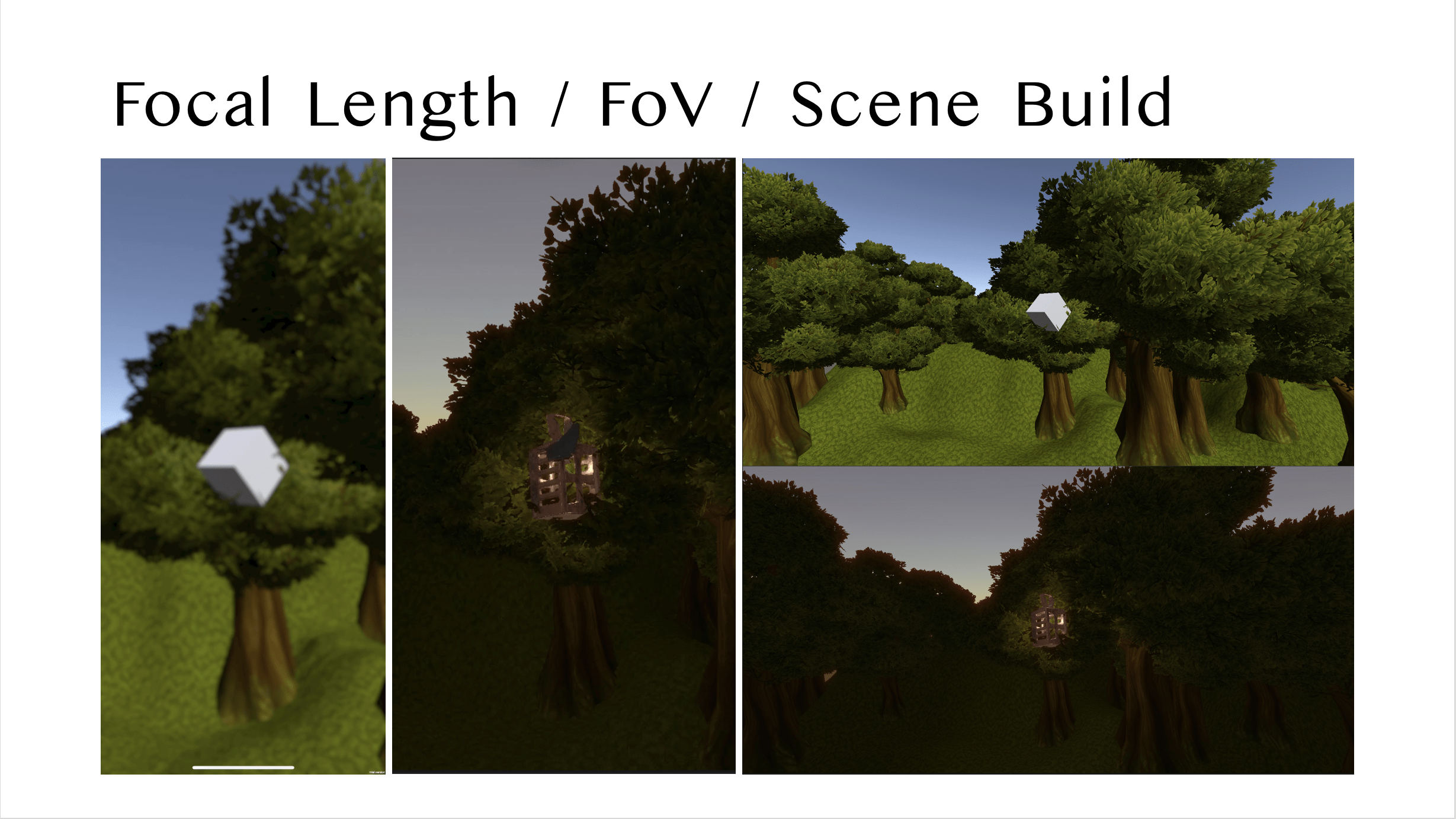It is a video game gamifying some course content to help students at NYUSH to partially experience the courses of a major so that they can learn about the information about that major.
Enlarge
Enlarge
Enlarge
Gaming Major is a video game gamifying some course contents to help students at NYUSH to partially experience the courses of a major so that they can learn about the information about that major. NYUSH provides the students with the opportunity to choose their majors based on the students’ will. However, due to the lack of ways to learn about the information of majors at NYUSH and the ineffectiveness of conveying information, the students often have problems knowing and experiencing the majors. Therefore, this project investigates the way to effectively convey information through the media of video games and incorporates the gamification of the major experience to provide students with another way to learn about the major.
The overall game visual style is the 2D pixel art style. This project, for now, only consists of one major to experience, which is Interactive Media Arts (IMA). In this project, there is a virtual 8th floor for the player wandering around. The player can interact with two None Player Characters (NPCs) and experience two foundation courses of IMA, which are Communications Lab and Interactions Lab. The scene of the Communications Lab utilizes the Post-Processing effect to simulate the operation of cameras and provides the player with several challenges to learn the knowledge of the camera, which is one of the core course contents of the Communications Lab. The scene of the Interactions Lab mainly uses LineRederer to simulate the experience of connecting cables with Arduino, which is one of the core course contents of the Interactions Lab.
Since this project simulates the operation of the camera and the experience of connecting circuits with Arduino, both of the scenes provide the student an opportunity to experience part of the real course contents in a virtual environment without getting access to the real hardware. As for the challenges of the course contents, they also provide the player with some real scenarios and let the player practice the use of the virtual hardware. If the project is fully completed, the game not only is a way for students to experience and learn the information about majors but also can be considered a teaching tool as well during the pandemic due to the lack of access to the real hardware.
Tags:#Gamification#MajorExploration#VideoGames
Protected: Sarah Armstrong | The Risk of 躺平 (‘lying flat’): A Case Study of ‘Abnormal’ Chinese Censorship
Zhuochen Yuan | Aqueous Firmament 穹顶覆海: Reconstruction of Dunhuang Sunk Panel 重构敦煌藻井
The project transfers the elements of the sunk panel patterns from the Mogao Grottoes from two-dimensional shapes to three-dimensional objects.
Enlarge
Enlarge
Enlarge
The project utilizes the elements of the sunk panel patterns from the Dunhuang Grottoes to create a virtual environment. The Mogao Grottoes has been widely introduced to people in recent years through social media. Its richness in art, including Buddhist art and architects, and historical resources have fascinated people worldwide. All kinds of artworks are developed based on its Buddhist art. However, most forms of these artworks remain two-dimensional, just like how the original patterns are presented in the cave. Thus, in this project, I will focus on the patterns of the sunk panel and explore the ways to bring them to life.
The project utilizes several digital approaches, especially 3d modeling technology, to display the sunk panel inside a virtual world. The project focuses on two parts, the introduction to the original sunk panel, and the reconstruction of the sunk panel in the virtual space. The introductory part contains the information of different sunk panels including their dynasty, origin and main patterns. The latter part attempts to extract each pattern from the original sunk panel and transfer them into objects, thus turning the sunk panel pattern into a space. The project is delivered through three main aspects, camera movement, color, and geometries. The direction and position of the camera keep changing so that the project could catch the audience’s attention. Also, the camera movement cooperates well with the flowery colors to deliver the colorfulness of sunk panel. Geometries are another important element in constructing the frames. The squares and circles are the basic elements forming the sunk panel and refer to the ancient Chinese concept of ‘方圆.’ They also help to divide the frames into segments to deliver a stronger visual impact.
All the three elements interact with each other to extend the sunk panel into a space; however, what remains is the ideology behind it. Sunk panel is originally built to prevent the caves from fire. Thus, its pattern contains various elements related to water, for example, lotus. In the meantime, people endow it with auspiciousness and luck, so that we could see auspicious animals depicted, including rabbits and dragons. All the patterns portray a pure land, a blissful paradise, an imaginary world people longing for. The spherical mirror in the end not only resonates with the beginning but also reflects the idea that this space, after all, is an illusion.
Tags:#3DAnimation#DigitalHeritage#BuddhistArt
Yile Xu | Improve Eval Method: Exploring Mobile Interactions with External Control
A photography game demo on mobile device exploring novel mobile interactions with external control.
Enlarge
Enlarge
Enlarge

Enlarge

Previously, more experimental interactions are set for mobile gaming around the 2010s. Nowadays, plain controls represented by virtual joysticks and buttons become dominant. With advances in technology and tooling (such as Unity and BLE), reevaluation of novel controls and more exploration on mobile game interactions could be put on the agenda.This project contains 2 parts. Part 1: Help reveal current mobile interaction problem – virtual as mainstream and lack of proper eval method including experience as one aspect of the metrics; Part 2: Provide a demo explores novel mobile interaction w/ customized external control.
Part 1: Literature review is done in 2 main area: “Gamepad History” including gamepad schemes dev and trend, mobile game interactions sensors and trend; “Eval Method” including mainstream performance metrics (Time-on-target) and overall justification. Conclusion: Mainstream interaction eval method stress much on functionality and usability aspect, omit experience aspect. Proper eval method containing experience aspect and fit mobile control needs to be established to help eval the mobile interactions and provide tools to judge and might help change current plain virtual control prevalence. And the final outcome tried to manage the balance between performance metrics and experience aspect by combining improved performance metrics w/ quantitative analysis of questionnaire scoring. Caution: The final eval method established somehow trade novel interaction w/ efficiency.
Part 2: Photography game demo utilizing CNC hand wheel as external control and Bluetooth Low Energy connection between ESP32 and Unity app on iOS device as wireless serial communication done to demonstrate the possible experience improvement of mobile game customized external control. Function-wise, the demo contain 1. gyroscope camera and calibration for y-axis rotation 2. focus of length change 3. field of view change 4. mode switch to switch between 2 change modes 5. demo forest scene w/ post-processing effects.
Mariya Thanawala | Seeing with You: A journey to build empathy with those who are visually impaired
An interactive app that raises awareness around visual impairments through daily tasks and art
‘Seeing with You’ is a project that aims to raise more awareness around visual impairments, and how people are affected by it. Along with daily tasks, art is something that is greatly affected by visual impairments, and can not be fully interpreted and appreciated by those who are visually impaired. Although there are many apps and modern technologies that offer assistance, we fail to shine light on some of the simple pleasures of life, and how they are also hindered for those who are visually impaired. Through my project, I aim to raise awareness through different daily tasks many may struggle with, along with providing statistics and data to show how many people are affected.
This project presents the user with multiple everyday tasks, and shows them how those who have visual impairments see them. After each task, the user is presented with an art piece that slowly gets more clear and ‘normal’ as the user successfully completes the different tasks. At the end, the user is presented with statistics that allows them to learn more and hopefully become more aware of how these visual impairments affect people, and how common they are.
The ideal exhibit for my project would be at the end of an art gallery, to educate the audience how different people perceive and interact with art differently. The main idea I would like my project to focus on is how common visual impairments, whether it be a temporary injury or permanent damage. I would like to raise awareness of this fact and show why it is important to provide not only assistance, but also art and other pleasures to allow an experience for all.
Tags:#figma#visualimpairments#inclusivedesign